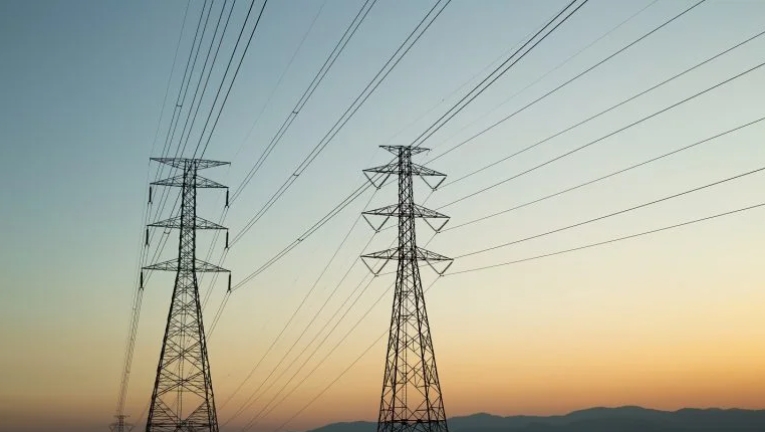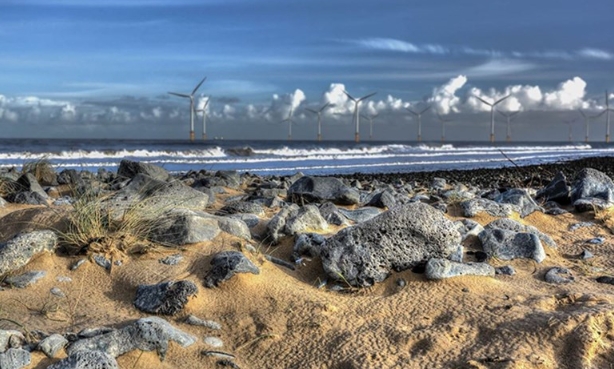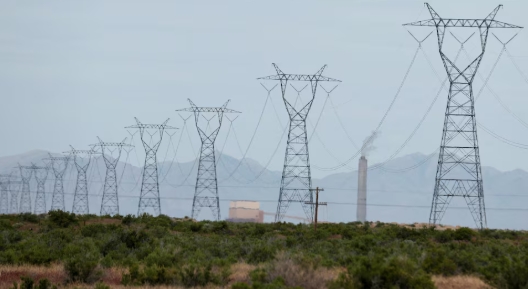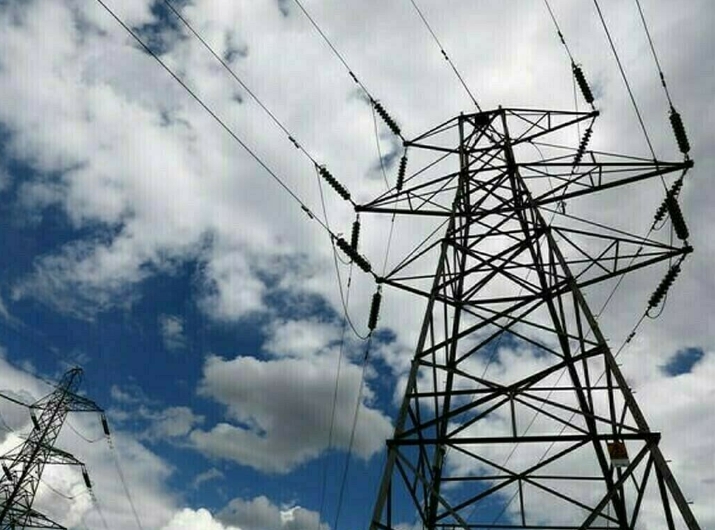Japan's coal imports hit a 13-month high last month, but although coal-to-gas switching economics should support coal consumption in the first half of 2021, returning nuclear capacity and milder weather conditions should limit overall thermal demand.

Japanese imports rose by 10.7pc on the year to 10.7mn t in January, the highest since December 2019, provisional finance ministry data released today indicate.
Imports rose in response to strong thermal demand in December and January, as a severe cold snap, spiking power prices, low nuclear availability and an LNG supply squeeze increased the call on the solid fuel.
Energy ministry figures suggest that Japan's power generation rose by 4pc on the year in December and by 7.6pc in January, with greater thermal output also needed to offset a drop in nuclear supply.
But the cocktail of bullish factors that contributed to the strong winter demand has eased in recent weeks.
Easing outlook
The temperature in Tokyo is expected to be remain broadly in line with or above the 10-year average through early March, meteorologist Speedwell Weather forecasts. The Japan Meteorological Agency is forecasting a 40pc chance of above average temperatures next month.
The agency is also forecasting an 80pc likelihood that La Nina conditions will have dissipated by the northern hemisphere spring. La Nina was a factor behind the particularly low temperatures that gripped northeast Asia earlier in the winter, as well as the heavy rains that hit Indonesian coal suppliers.
Returning nuclear capacity should also lessen the need for thermal power generation in the months ahead. Nuclear availability is expected to rise from 3.9GW in February to 6.9GW in March, broadly in line with March 2020, based on the latest operator schedules. This scenario assumes the restarts of the Takahama 3, Takahama 4, Ohi 4 and Genkai 4 reactors at various stages during February and March.
But coal demand could be supported by less potential for coal-to-gas switching. Rallying oil prices in the second half of 2020 have already filtered through to rising LNG term prices, a trend that looks likely to continue through the first half of 2021, based on oil price strength in recent months.
Japan's LNG imports hit a 35-month high of 8.1mn t in January, the finance ministry said. But the year-on-year rise of 4.4pc was less than the 10.7pc increase for coal imports, suggesting that coal-to-gas fuel switching economics may already have started to have an impact on thermal fuel purchasing.
Based on forward prices, coal is expected to become increasingly competitive against oil-linked LNG in the coming months (see chart). And while spot LNG prices have eased from recent historical highs, Argus' forward northeast Asian spot prices are tracking along the top of the range of coal-switching prices for a 40pc efficient plant, which suggests that spot prices will be far less competitive with coal than they were in 2020.
The average cost of Japan's imported LNG in December and January decoupled from Argus' des Japan oil-linked LNG assessment, pulled up by spiking spot LNG prices, as buyers were forced to increase their spot purchases to meet the soaring demand.
January breakdown
Rising imports from Australia were the leading driver of the increase in Japan's January coal imports. Japan took up to 8.5mn t from its main supplier, up by 18.5pc on the year and the highest since January 2015. But this total may include smaller amounts of South African, Colombian and other origin coal that are not differentiated in the provisional data.
Imports from Russia climbed by 42.5pc on the year to 1.2mn t, but Indonesian and US volumes dropped by 39.3pc and 7.5pc, respectively, to 693,000t and 265,000t.
Northeastern Japan was hit by a 7.3 magnitude earthquake on 13 February, which knocked nearly 10GW of coal and gas units off line. This coincided with a cold snap early this week, contributing to prompt power price volatility. But the impact is already starting to lessen as off line capacity returns and temperatures rise.
This article is reproduced at www.argusmedia.com







